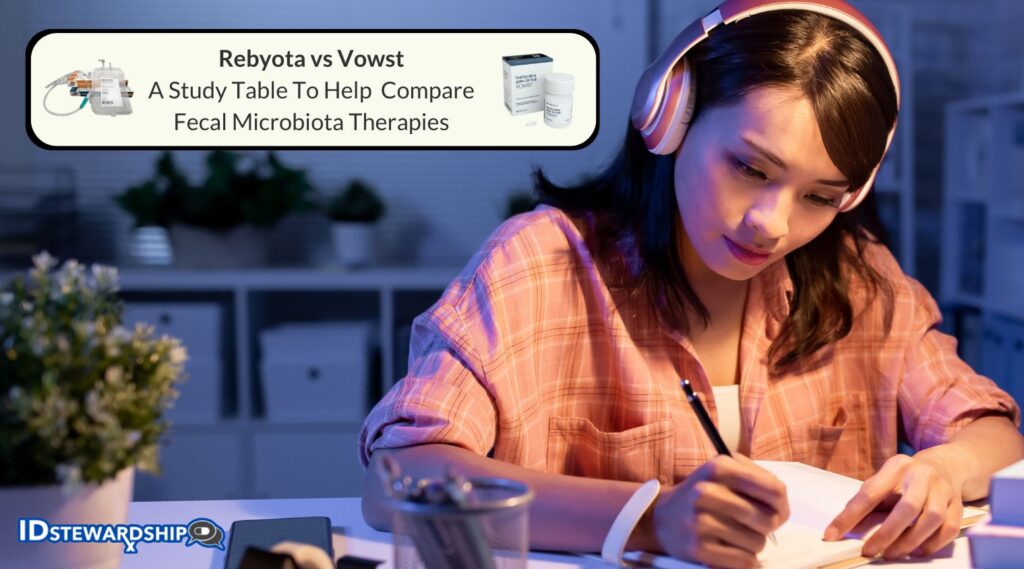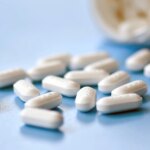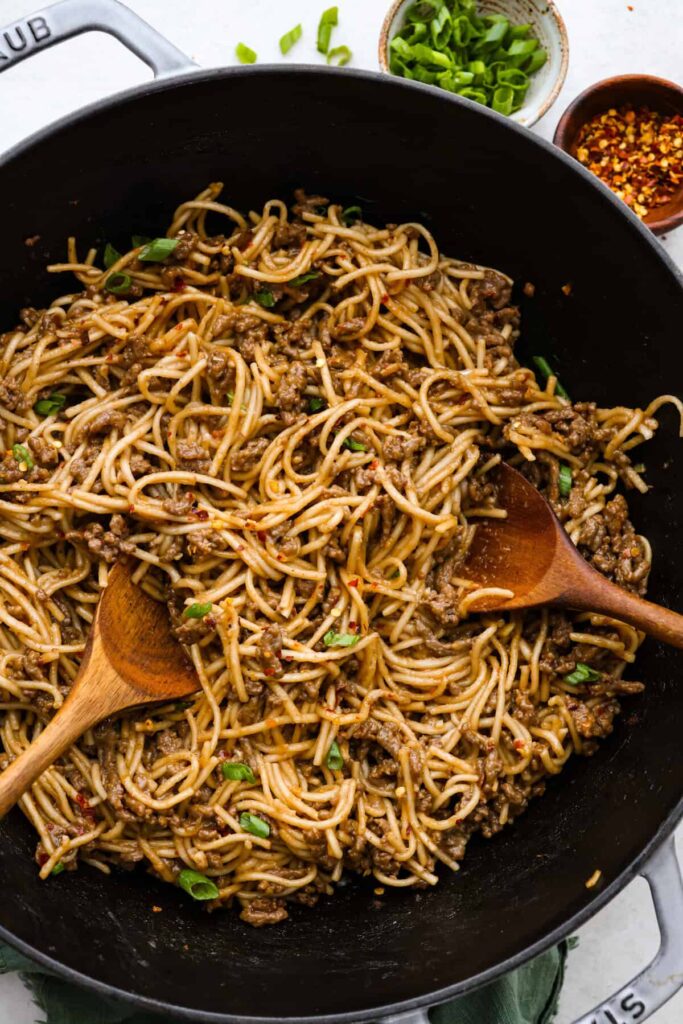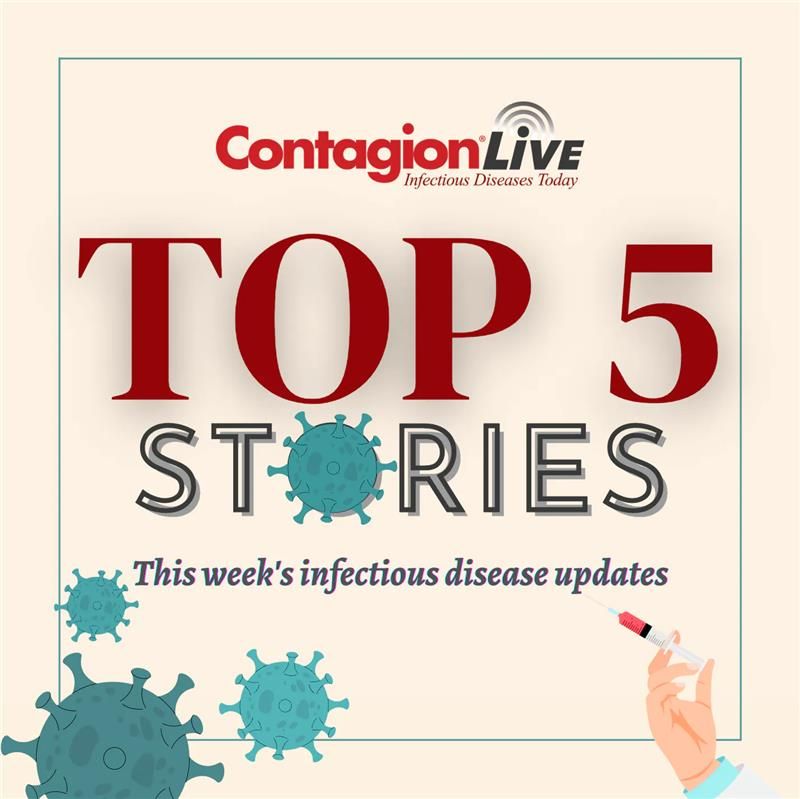In this article a comparison of Rebyota versus Vowst is provided, to help learners differentiate these two fecal microbiota therapies.


Authored by: Natalie Boyer, Pharm.D. Candidate 2025

Mentored by: Christina G. O’Connor, Pharm.D., PharmD, BCPS, AAHIV-M
Disclaimer: This text and table is intended for use as a study tool to assist people learning pharmacotherapy of recurrent Clostridioides difficile infections (rCDI). Basic information on Clostridioides difficile infection (CDI), fecal microbiota transplantation (FMT), and a study table comparing Rebyota and Vowst is provided.
Article Posted 14 April 2024
What is Clostridioides difficile?
Clostridioides difficile (C. diff) is a gram-positive, spore-forming, toxin-producing, bacteria. While it is normal for C. diff to exist at low levels as a constituent of our gut’s microbiome, its toxins cause severe diarrhea and colitis. Most cases of C. diff infection (CDI) occur in the setting of antibiotic use – when the population of protective microbes in the gut is depleted, and the usually low levels of C. diff can then grow unchecked. The first-line treatments for CDI are antibiotics that are active against C. diff (oral vancomycin or fidaxomicin).

Image: A medical illustration of Clostridioides difficile bacteria.
Source: CDC.gov
Consequences of Antibiotic Use
Antibiotic use, which can include treatment of C. diff its self, can wreak havoc on the microbiome. This disruption, or dysbiosis, is a key contributor to gut vulnerability in recurrent CDI (rCDI). rCDI is defined as clinically significant diarrhea and a positive test confirming CDI within eight weeks of completing treatment for CDI. Gut dysbiosis has been the subject of several clinical research studies aiming to better understand its role in rCDI and to ultimately apply that understanding towards the development of preventative treatments.
Fecal Microbiota to Prevent Clostridioides difficile
One strategy for prevention of C. diff is fecal microbiota transplantation (FMT). FMT is an evolving area of therapeutics where microbes from healthy donors are introduced into the intestinal tract of recipients. The idea being to restore the recipient’s gut microbiome with the beneficial microbiota from the donor. Current guidelines suggest the consideration of FMT after a patient experiences three episodes of CDI (two recurrences) or for use in those at high risk of recurrence (e.g., 65 years of age and older, immunocompromised) [1]. The use of FMT in immunocompromised patients has demonstrated comparable efficacy and safety to non-immunocompromised patients [2]. Of note, patients with inflammatory bowel disease or other gastrointestinal comorbidities receiving immunosuppressants may experience flares in their disease after undergoing FMT.
Traditionally, FMT was performed as a colonoscopy. FMT can also be performed by enema, via orogastric tube, or by mouth as a capsule containing feces from a healthy donor. Recent advancements in FMT methodology have yielded less invasive forms of administration. These advancements are evidenced by the two FDA-approved FMT products available for rCDI prevention: Rebyota (Fecal Microbiota, Live-jslm) and Vowst (Fecal Microbiota Spores, Live-brpk).
Rebyota, a solution delivered via enema, was the first FMT product to be FDA-approved. Modeled analysis of Rebyota’s phase 3 randomized, placebo-controlled trial in adults with at least two episodes of CDI provided a success rate of 70.6%, versus 57.5% with placebo, in preventing rCDI in adults with one or more previous episodes. Incorporated into this analysis are data from Rebyota’s phase 2b trial demonstrating efficacy in adults with at least two episodes of rCDI or two severe episodes of CDI resulting in hospitalization [3].
Less than six months after the approval of Rebyota, the second FMT product (and first oral option) was FDA-approved. Its phase 3, multicenter, randomized, placebo-controlled trial demonstrated a success rate of 87.6%, versus 60.2% with placebo, in preventing rCDI in adults with at least three episodes of CDI within 12 months [4]. Both Rebyota and Vowst were shown to maintain a durable response of risk reduction in subsequent CDI infections for up to six months after use [3-4].
Prevention of CDI with FMT therapy is becoming a part of practice but is likely to be an area of unfamiliarity to many. Given FMTs integration into clinical guidelines and the differences between the only two FMT products available on the market, clinicians and trainees alike may find it useful to familiarize themselves with the nuances of these treatments. That is the purpose of this blog post. Here is a table comparing Reboyota versus Vowst. Of note readers are directed to the links at the end of this post for more details about these therapies.
Comparison of Rebyota versus Vowst1
|
Rebyota |
Vowst |
|
| Generic Name |
Live-jslm |
Live-brpk |
| Manufacturer |
Ferring Pharmaceuticals |
Seres Therapeutics |
| Pharmacologic category |
Fecal microbiota |
Fecal microbiota |
| Approval Date |
11/30/2022 |
4/26/2023 |
| FDA-approved indication |
Prevention of CDI recurrence in individuals 18 years of age and older, following antibiotic treatment for recurrent CDI |
Prevention of CDI recurrence in individuals 18 years of age and older, following antibacterial treatment for recurrent CDI |
| Mechanism of action |
Colonization resistance to C. difffrom restoration of intestinal; exact mechanism listed as unknown |
Firmicutes spores modulate bile acid concentrations and restore short-chain fatty acids resulting in colonization resistance to C. diff and restoration of intestinal eubiosis |
| Microorganisms |
Fecal microbes |
Firmicutes spores |
| Colony forming units (CFU) |
Contains between 1×108 and 5×1010 CFU per mL of fecal microbes |
Contains between 1×106 and 3×107Firmicutes spore CFU per capsule |
| Usual Dose |
150 mL rectally |
4 capsules |
| Administration |
By healthcare provider |
Self-administration |
| Route of administration |
Rectal (enema) |
Oral (capsule) |
| Timing of FMT after C. diff treatment |
24 to 72 hours after last dose of antibiotics |
2 to 4 days after last dose of antibiotics |
| Bowel prep required prior to therapy? |
No |
Yes On the day before initiation, and at least 8 hours prior to first dose, administer 296 mL (10 oz) of magnesium citrate orally, do not eat or drink (except small amounts of water) for at least 8 hours prior to first dose |
| Frequency and timing |
One-time enema |
4 capsules once daily for 7 days, taken on an empty stomach before the first meal |
| Renal adjustment |
No |
Yes (bowel prep) 250 mL of PEG oral solution may be administered in place of magnesium citrate prior to initiation |
| Hepatic adjustment |
No |
No |
| Typical baseline lab monitoring |
None |
None, consider Scr for bowel prep choice |
| Notable toxicities |
Abdominal pain, diarrhea, abdominal distention, flatulence, nausea |
Abdominal distension, fatigue, constipation, chills, diarrhea |
| FDA boxed warnings |
None |
None |
| Major drug-drug interactions |
Antibiotics (avoid for 8 weeks after treatment) |
Antibiotics (avoid concomitant use) |
| Cost (wholesaler acquisition cost) |
Expensive ($9,000) |
More Expensive ($17,500) |
Abbreviations: CDI – Clostridioides difficile infection, rCDI – recurrent Clostridioides difficile infection
The content in this table is deprived from product prescribing information, here is the Full Prescribing information for Vowst and Rebyota for more details.
Closing Thoughts
CDI is a leading cause of healthcare-associated infection [4]. It is highly contagious, potentially deadly, possesses a high rate of reinfection, and continues to raise warning flags as a recognized threat to public health.
FMT therapy is a rapidly expanding area aimed at developing preventative therapies for those with rCDI through the restoration of the gut microbiome. Rebyota and Vowst are two novel therapies providing promising solutions to a long list of problems created by rCDI, counterbalanced by cost and indication only as prevention (not treatment). Pharmacists should be aware of the unique formulations and administration differences between these products.
Recommended Readings
- Peery AF, Kelly CR, Kao D, et al. AGA Clinical Practice Guideline on Fecal Microbiota-Based Therapies for Select Gastrointestinal Diseases. Gastroenterology. 2024.
- Mandalia A, Ward A, Tauxe W, Kraft CS, Dhere T. Fecal transplant is as effective and safe in immunocompromised as non-immunocompromised patients for Clostridium difficile. Int J Colorectal Dis. 2016.
- Oneto C, Khanna S. Prescription Microbiome Therapeutic for Recurrent Clostridioides difficile Infection: Fecal Microbiota Live-jslm. Am J Gastroenterol. 2024.
- Jain N, Umar TP, Fahner AF, Gibietis V. Advancing therapeutics for recurrent clostridioides difficile infections: an overview of vowst’s FDA approval and implications. Gut Microbes. 2023.
- Wilcox MH. A New Era for Managing Clostridioides difficile Infection. Gastro Endo News. 2023
- Nagarakanti S, Orenstein R. Treating Clostridioides difficile: Could Microbiota-based Live Biotherapeutic Products Provide the Answer?. Infect Drug Resist. 2023.
- Seekatz AM, Safdar N, Khanna S. The role of the gut microbiome in colonization resistance and recurrent Clostridioides difficile infection. Therap Adv Gastroenterol. 2022.
ABOUT THE AUTHORS
 Natalie Boyer, Pharm.D. candidate 2025, is a third-year pharmacy student at the University of Iowa College of Pharmacy.
Natalie Boyer, Pharm.D. candidate 2025, is a third-year pharmacy student at the University of Iowa College of Pharmacy.
During her time at Iowa, Natalie has served as Co-Chair of Eating Disorder for the American Pharmacists Association’s Academy of Student Pharmacists, Banquet Coordinator for Rho Chi Academic Honor Society, and Communications Coordinator for Upstream Initiative – an interdisciplinary group of students volunteering out of the University of Iowa Hospital and Clinics High-Risk Obstetrics Clinic. When volunteering for Upstream Initiative, she connects patients experiencing food insecurity or transportation needs with local resources.
Natalie currently works for Hy-Vee Pharmacy and plans to pursue a PGY1 and PGY2 residency after pharmacy school. Her main areas of interest include critical care, emergency medicine, and infectious disease.
RECOMMENDED TO YOU









